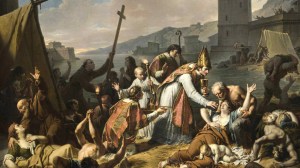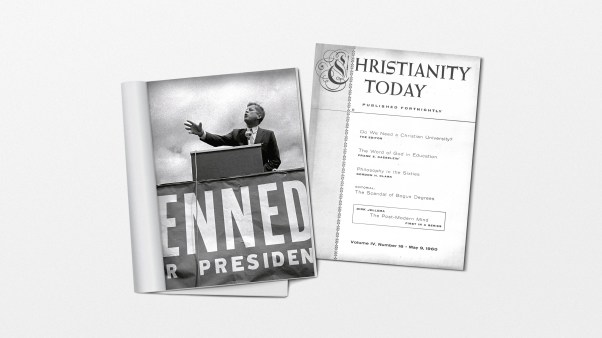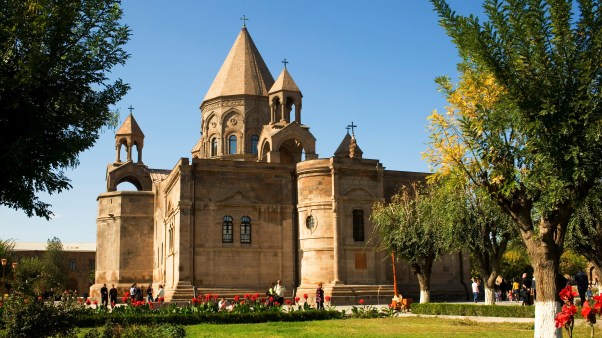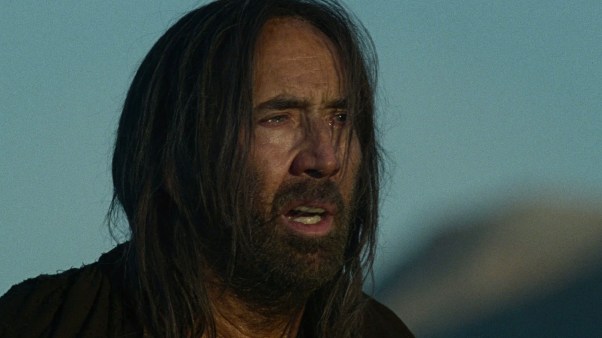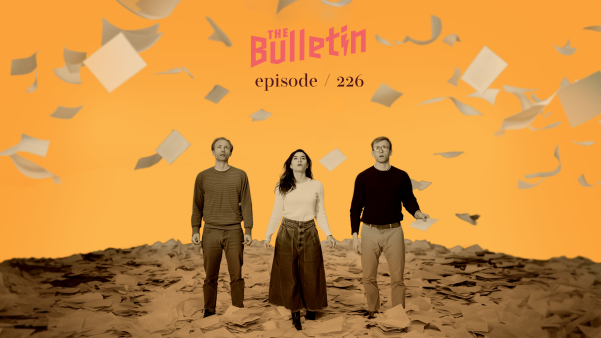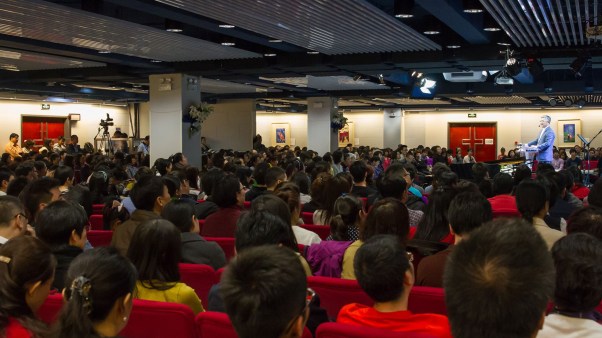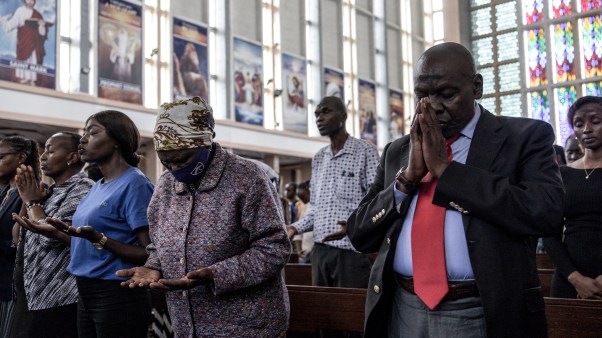In this series

CHURCH & STATE
1000
1000 Society composed of three orders: those who pray, those who fight, those who work
1073–1085 Pope Gregory VII presses to end simony (sale of church offices), enforce clerical celibacy, and establish papal supremacy
1095 Pope Urban II calls for a crusade to aid Eastern Christians threatened by Muslims
1100
c. 1150 Universities of Paris and Bologna founded; they take the lead in scholastic theology and canon law
1198–1216 Innocent III, greatest lawyer pope, raises papacy’s power to its height
1200
1215 Fourth Lateran Council declares transubstantiation, obliges Christians to confess sins and receive Communion once a year, and proclaims a crusade against heretical Cathars
1294 In reaction to church legalism and bureaucracy, pious hermit Peter Morone is elected pope (Celestine V); after five disastrous months, he resigns
1300
1300 Pope Boniface VIII proclaims first jubilee year; offers plenary indulgence to pilgrims who come to Rome; thousands come
1305–1377 The “Babylonian Captivity”—the pope resides at Avignon, France
1377 Pope returns to Rome; the next year Great Papal Schism opens—Christendom divided between two (and after 1409, three) rival popes
1400
1414–1418 The Council of Constance restores church unity; burns Jan Hus for heresy.
EVERYDAY FAITH
1000
c. 1000 Christian laity seek a more active religious role
c. 1050 Growing popularity of pilgrimages to Rome, Santiago de Compostela (in Spain), and the Holy Land
1096 Peter the Hermit leads the “People’s Crusade” to disaster
1100
Mid–1100s Cathar and Waldensian movements spreadBernard of Clairvaux inspires reform in the Cistercian order
1200
c. 1200 The doctrine of purgatory takes shape
Early 1200s Francis of Assisi and Dominic of Calaruega found religious orders dedicated to apostolic poverty and preachingGrowing devotion to Communion leads to creation of Feast of Corpus Christi
Mid–1200s Flagellant processions spread and inspire lay religious societies (confraternities)
Late 1200s Thousands of masses endowed for the dead in purgatory
1300
1347–1350 Black Death kills one-third of Europe, sparking flagellant processions and attacks on Jews
Late 1300s The Lollard movement, inspired by John Wycliffe, spreadsFemale visionaries flourish: Catherine of Siena, Bridget of Sweden, and Julian of Norwich
1400
Early 1400s Reform movements sweep through religious orders
ART & LITERATURE
1000
1098 Anselm writes Why Did God Become Man?
1100
c. 1100 Romanesque art represents Christ in majesty and the Virgin enthroned
1121 Abelard publishes Yes and No
1141 Hildegard of Bingen first writes of her visions
Late 1100s Gothic architecture celebrates God’s glory in soaring vaults and stained glass
1200
1260 Chartres Cathedral finished
1273 Thomas Aquinas leaves Summa Theologica unfinished
Late 1200s Artists depict Jesus as one who suffers
1300
1305 Dante begins Divine Comedy
1386 Chaucer begins Canterbury Tales
1400
1418 First appearance of Thomas Kempis’s The Imitation of Christ
1455 First printed Bible by Gutenberg
Daniel Bornstein is associate professor of history at Texas A&M University. He is author of “The Bianchi of 1399: Popular Devotion in Late Medieval Italy” (Cornell, 1993).
Copyright © 1996 by the author or Christianity Today/Christian History magazine.Click here for reprint information on Christian History.


